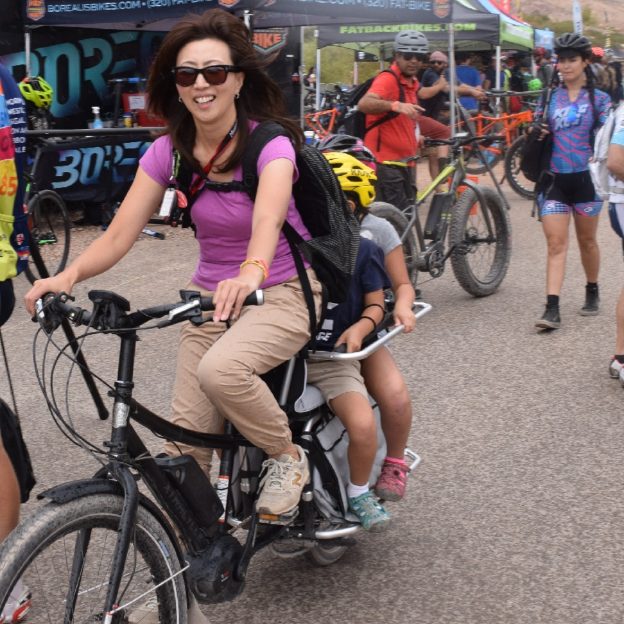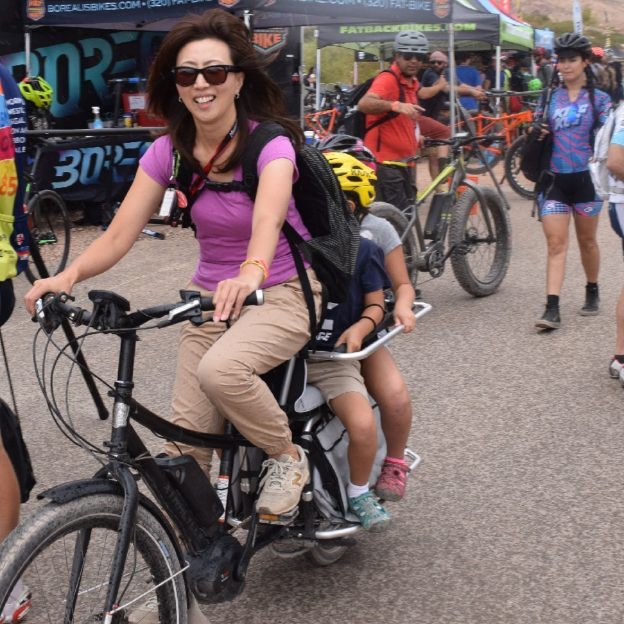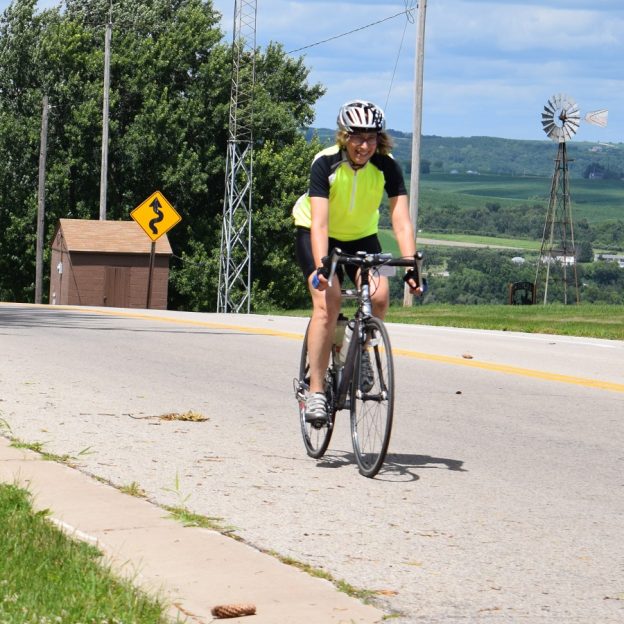Tag: bike maintainance
-

Common cycling mistakes easily solved for more fun
Mistakes are something humans can’t escape, but nobody is perfect. That said, we can try to eliminate some of the simple errors we may make without ever realizing we are proceeding down the wrong path. Consider taking a look below at some of the most common and damaging cycling mistakes made by newbies and seasoned…
-

Common cycling mistakes and the ways you can easily solve them
Common cycling mistakes are something we as humans can’t escape, but nobody is perfect. That said, consider taking a look below at some of the most common and damaging cycling mistakes made by both occasional and seasoned cyclists.
-

How to adjust your front derailleur for perfect and silent shifting
In the late 1920’s, in France, there was a bike race under way and it wasn’t the Tour De France. Instead, this race was a technological race that brought the front derailleur into the light. Before 1928, bicycles had a maximum of two speeds, and you needed to remove the rear wheel to change those…
